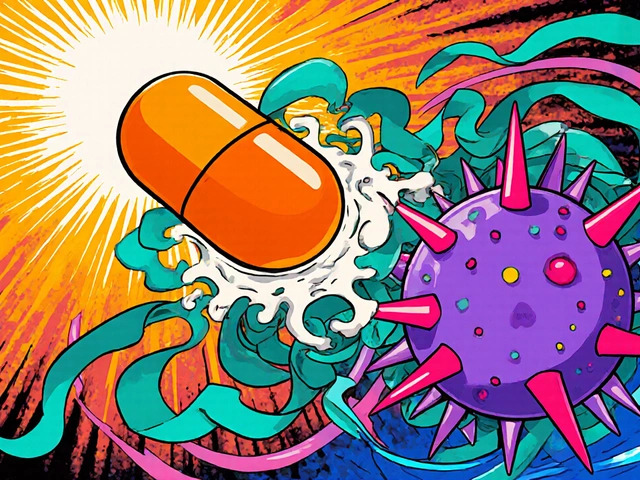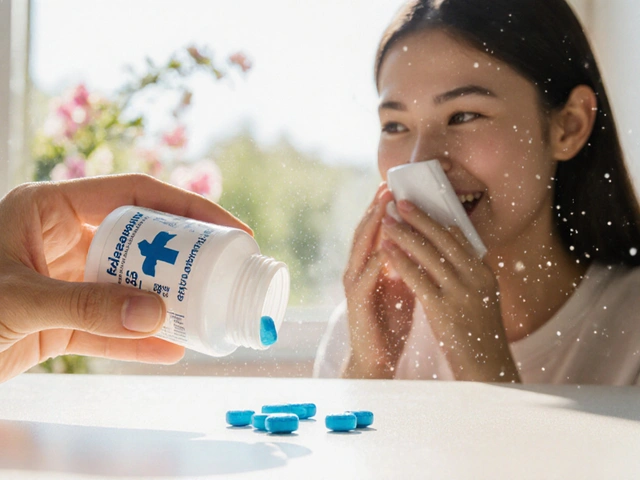Statins and Exercise Recovery: What You Need to Know
When you take statins, cholesterol-lowering drugs commonly prescribed to reduce heart attack and stroke risk. Also known as HMG-CoA reductase inhibitors, they help millions keep their arteries clear—but for some, they also make recovery from exercise harder than it should be. If you’ve noticed more muscle soreness, weakness, or fatigue after working out since starting a statin, you’re not imagining it. Research shows that up to 10% of people on statins report muscle-related side effects, and for active individuals, that can mean longer rest days, reduced performance, or even quitting the gym altogether.
The link between statin muscle pain, a common side effect caused by disrupted energy production in muscle cells isn’t just random. It’s tied to how your body processes these drugs. One key gene, SLCO1B1, a transporter that helps move statins out of muscle tissue, varies from person to person. If you have a certain variant, your muscles hold onto more of the drug, increasing the chance of damage. That’s why some people feel fine on simvastatin while others can’t even walk up stairs without aching. Genetic testing for SLCO1B1 can tell you if you’re at higher risk—something your doctor might not bring up unless you ask.
But here’s the good part: not all statins affect muscles the same way. Pravastatin and rosuvastatin tend to cause fewer muscle issues than simvastatin or atorvastatin. Switching meds, lowering the dose, or taking coenzyme Q10 (CoQ10) might help. And exercise? It’s still worth doing. Studies show that people on statins who stay active recover better than those who stop moving. The key is pacing—start slow, avoid overtraining, and listen to your body. If your muscles feel like they’re burning or giving out, don’t push through it. That’s your body saying something’s off.
Some people try to blame statins for every ache, but not every sore muscle is a drug reaction. Dehydration, poor sleep, or overdoing it at the gym can mimic statin side effects. The real trick is tracking: note when the pain started, what you were doing, and whether it gets worse after your dose. That info helps your doctor decide if it’s the statin, your routine, or something else entirely.
Below, you’ll find real stories and science-backed tips from people who’ve walked this path. Whether you’re trying to stay strong while managing cholesterol, or you’re confused about why recovery feels slower than before, these posts give you the facts—not fluff. You don’t have to choose between heart health and an active life. You just need the right info.
Exercise and Statins: What You Need to Know About Muscle Pain and Recovery
Statins help prevent heart disease, but muscle pain can make exercise feel impossible. Learn how to stay active safely with statins, which types are safest, and what workouts to avoid.






